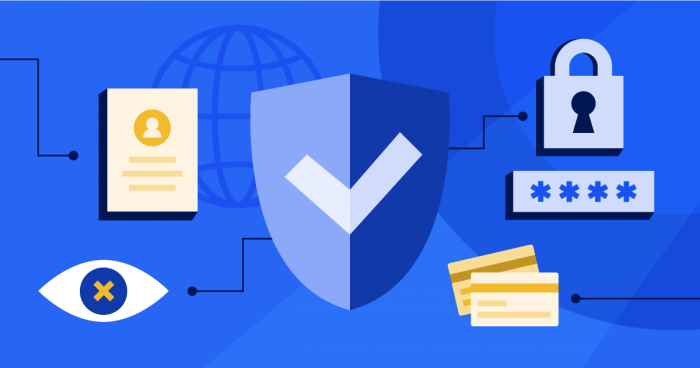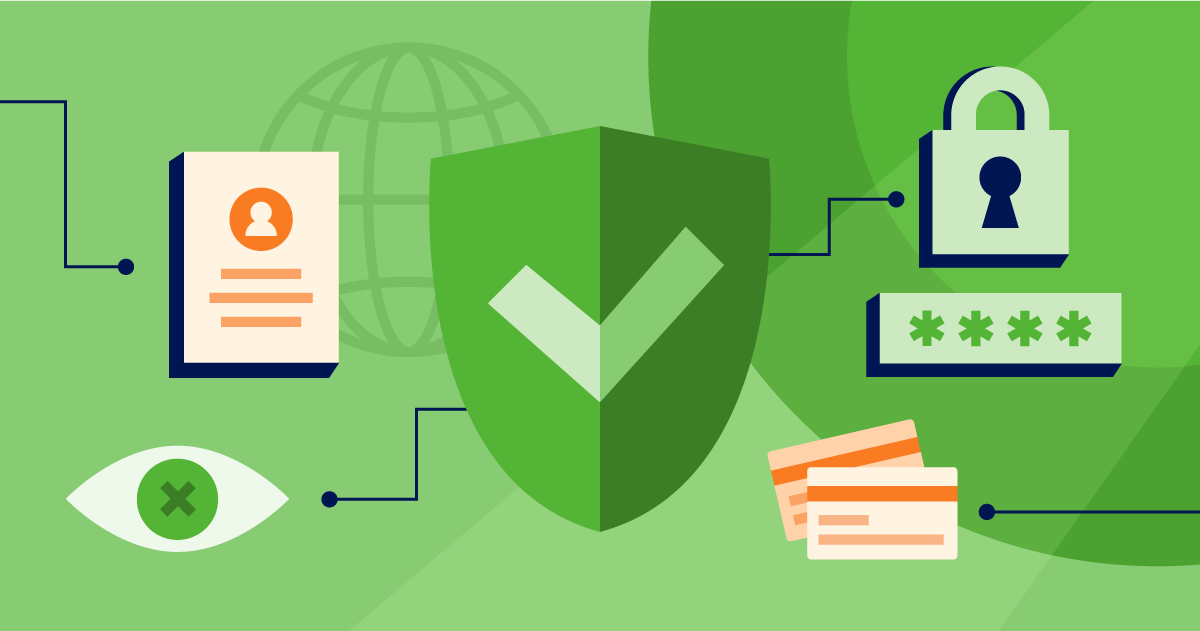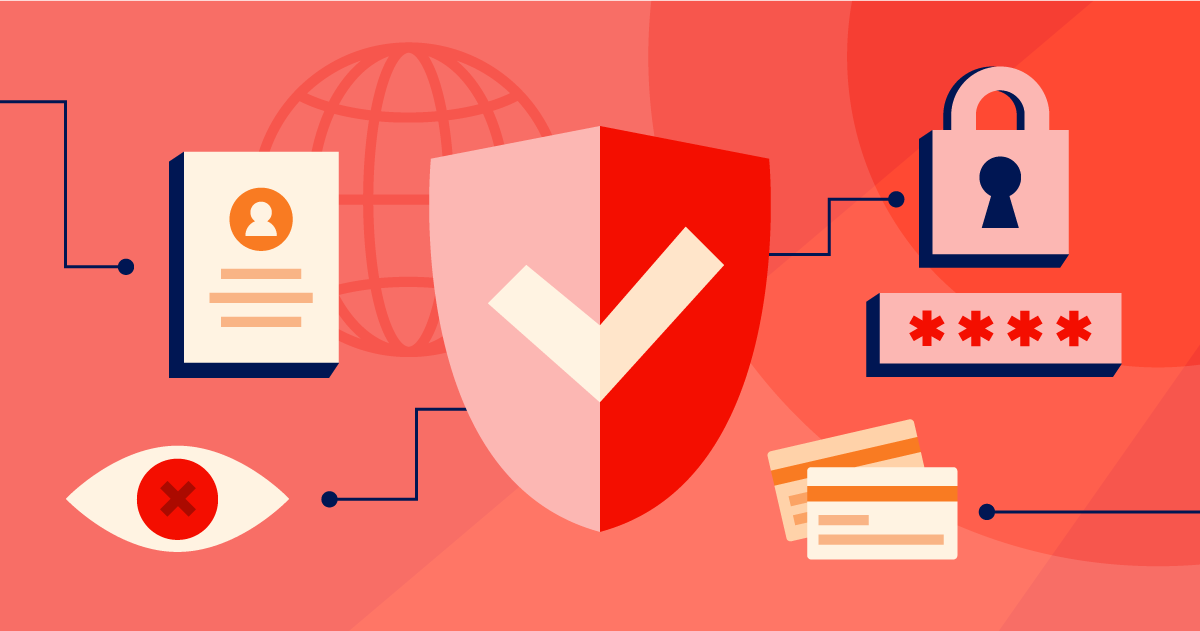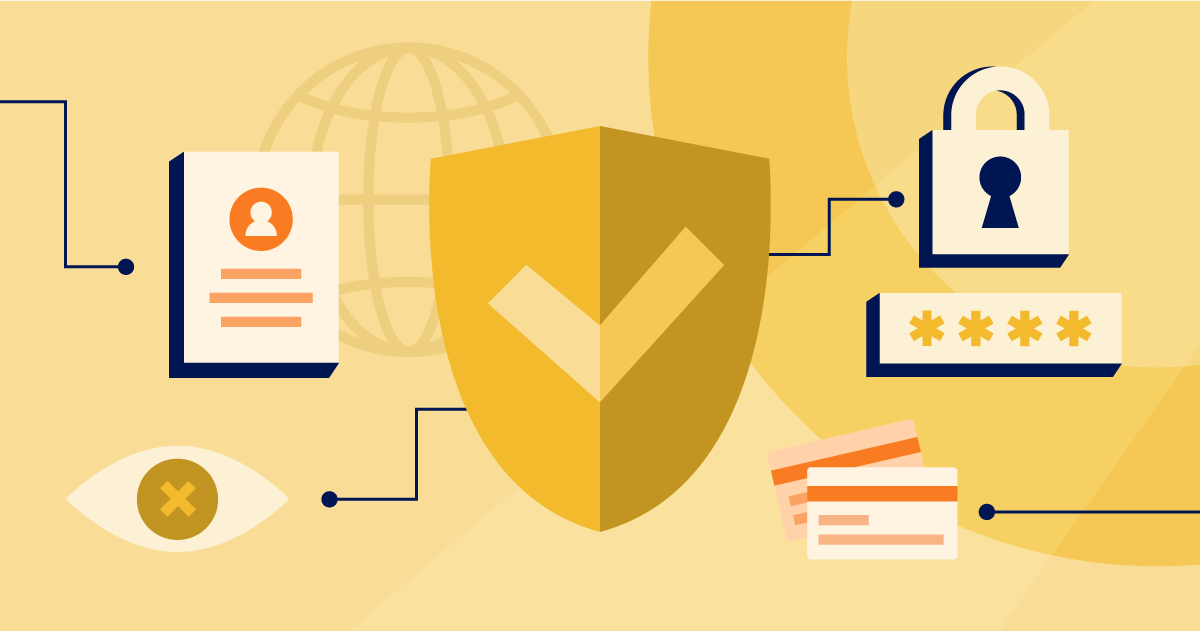Monitoring both internal and external domain operations and events is no small feat. A domain owner has to watch their expiry dates on domain name registrations and SSL certificates as well as keep an eye out for fraudulent DNS activity—and those examples barely scratch the surface.
Before we dig deeper, there’s a way to easily oversee all of these logistical tasks—a service called domain monitoring. Designed to help you keep control of your domain, domain monitoring tracks your registration expiry dates and monitors for suspicious DNS or WHOIS changes, as well as fraudulent copycat domain names.
Some registrars offer expiry or change notifications, but a designated domain monitoring service offers additional robust features like real-time AI to automatically assess and take down copycat threats. Domain monitoring services track multiple domains across different registrars in one coalesced ecosystem, saving you from navigating between a constellation of registrars or third-party plugins.
In a sense, domain monitoring is the digital vanguard of domain security. The easiest way to defend your domain is by taking proactive measures on the forefront.
How does domain monitoring work?
Domain monitoring typically refers to monitoring the operations and status of your own domain.
Other types of monitoring—such as domain name monitoring—are available for those interested in watching status changes on other domains. This is beneficial to people interested in purchasing the domain name, or to keep an eye on competitors, partners, and clients.
Domain monitoring service for your own domain primarily protects you from cyberattacks.
The service continuously runs tests to confirm your DNS service returns the correct IP address, senses suspicious DNS slowdowns, alerts you to any changes to your DNS configurations, and analyzes potential copycat websites. Some monitoring services also implement AI to remove malicious sites before they launch, and a customer service line for questions and concerns.
Outside of cyberattacks, domain monitoring service keeps an eye on your registration and SSL expiry dates. While the registration auto-renewal setting provided by registrars can ensure your domain name doesn’t lapse, businesses with larger domain portfolios may not want to renew certain names. In this case, domain monitoring prevents accidental expiration without forcing you to renew.
Some monitoring services are less protection-centric and more focused on performance, such as uptime, ping, and blacklist monitoring.
Isn’t my domain name host monitoring my domain for me?
Your DNS hosting provider that hosts your domain name is responsible for directing traffic to your website. Without getting too technical, it’s important to know that savvy hackers know how to tap into security holes to breach, or “hijack,” DNS servers. This hijacking can redirect your traffic to malicious sites and steal personal data from users.
This isn’t to say your provider won’t protect your website—but monitoring your domain provides an essential security layer in your digital governance strategy.
How much does domain monitoring cost?
Depending on the service you choose, domain monitoring prices can range from free to over $100 per year.
Most services offer tiered plans, and some offer free trial periods. If you’re unsure, start by taking advantage of trial periods, since the cost of missing out on monitoring is steep—monetary losses can be punishment enough, but harm to your reputation adds insult to injury.
Which types of threats should I be monitoring for?
Building your knowledge to help spot the domain-based red flags can seem like a tall order. Learning the common domain-related scam tactics can help you stay ahead of attacks, and—importantly—help you learn how to spot new and unique scam tactics.
Domain control scams
Usually referred to as “domain hijacking,” these crooks transfer your domain to another registrar, or make DNS modifications that redirect users to malicious sites. They gain access to your registrar account through phishing for your credentials or by exploiting a security vulnerability with your registrar or DNS server.
Fraudulent domain registrations
Copycatting, spoofing, or typosquatting, it’s all the same concept: scammers either impersonating your domain with a fraudulent domain registration, or sending a phishing message pretending to be you, all with the goal of tricking the user into interacting with a malicious link or attachment infected with malware or ransomware.
Knowing the tell-tale signs of corrupt activity is key to maintaining a comprehensive and successful domain protection strategy. It’s important to stay nimble because cybercriminals are nimble, and pivot your strategy as the scam tactics pivot.
The importance of monitoring your domain
Domain monitoring is relevant to virtually all companies to some degree, leaving domain owners faced with a challenging task—figuring out the necessary level of monitoring without overburdening their budget (and time).
Can I monitor my domain without a service?
Yes—to an extent.
You can set up your own spreadsheet, calendar, or reminder app, find amenable online tools for tracking any website status, or even employ domain portfolio management systems to plug into various registrars to manage domains on different accounts.
To help protect from typosquatters, businesses can choose to defensively register, block, or monitor the domain namespaces around their own against malicious third-party registrations—although with potentially thousands of domain name variations, registrations and blocks can become cost-prohibitive.
That being said, the engineering and automation behind domain monitoring services is incomparable. This agile technology quickly detects domain-based attacks across any vulnerable, public-facing area of your domain susceptible to hacking or exploitation, including look-alike domains within most registries and a scam-risk level assessment.
I already locked my domain—is it necessary to monitor it, too?
Yes. Locking your domain prevents unauthorized changes and transfers, but other types of domain-based attacks include hackers who gain access to your credentials and have complete control of your account, and therefore, to unlock your domain.
Is domain monitoring worth it for my small business?
Absolutely. Most commonly, cyber criminals cast a wide and random net, and rarely select their victims. These cyberattacks don’t discriminate based on business (or domain) size—no business is too small.
Monitoring your domain allows you to see questionable logins and all changes to your DNS configurations—including changes you may not have made.




